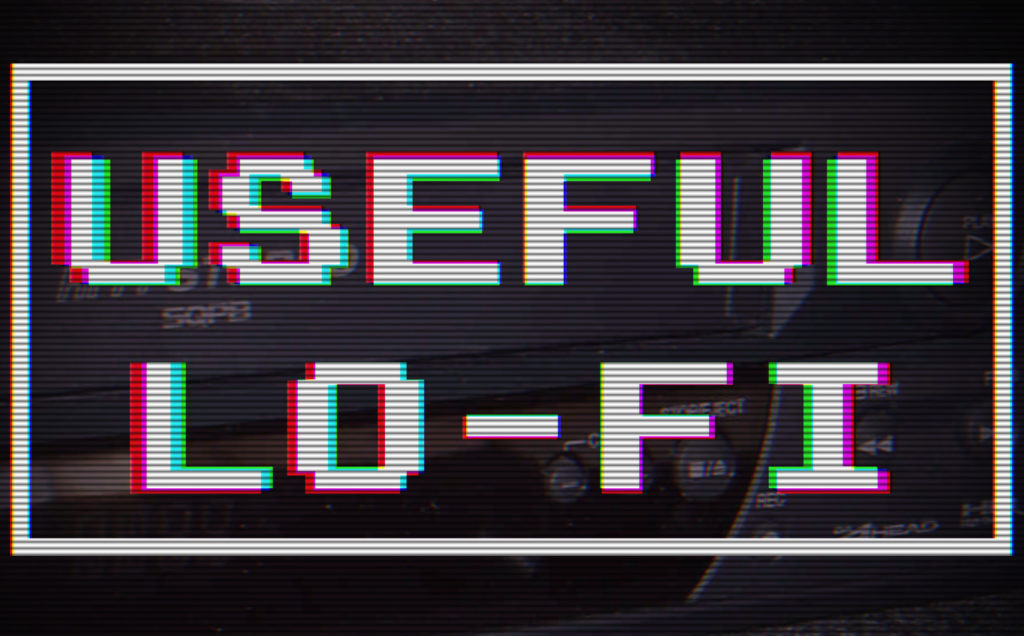 Lo-fi , or low fidelity, is a degraded reproduction of the original source. For the purposes of this article, we will- not surprisingly- focus on only the audio aspect of low fidelity. The reason it is used in audio so frequently is that it has the ability to simulate and mimic recording techniques and mediums, such as tape and early digital audio. Many audio engineers choose lo-fi applications to evoke feelings of nostalgia, set the tone for specific periods in recent history, or for the musical characteristics that analog tape compression provided.
Lo-fi , or low fidelity, is a degraded reproduction of the original source. For the purposes of this article, we will- not surprisingly- focus on only the audio aspect of low fidelity. The reason it is used in audio so frequently is that it has the ability to simulate and mimic recording techniques and mediums, such as tape and early digital audio. Many audio engineers choose lo-fi applications to evoke feelings of nostalgia, set the tone for specific periods in recent history, or for the musical characteristics that analog tape compression provided.
Over recent years, I have used lo-fi applications for projects, like Video Game Phrases, to create the sounds of the classic arcade games from the 1980’s. I’ve also used these techniques to simulate the noise from vinyl records, VHS tapes, and cassette tapes. These plugins definitely came in handy while processing many of the sound effects I create every day.
I find it amusing that, in all of my years in the recording industry, I’ve seen studios and manufacturers go to extreme lengths to remove all of these exact qualities from their recordings. But, things have come full circle. Companies are creating products to put back these exact qualities that everyone tried so hard to get rid of. We can, most likely, thank the recent resurgence of 80’s nostalgia film and music for the 64-bit lo-fi plugins being sold today.
So, let’s take a look at my favorite lo-fi plugin from XLN Audio, the RC-20. It does a great job simulating VHS and cassette tape, vinyl records, and bit crushing. To illustrate this, here is a quick video of how I used the RC-20 to create the Electronic Voice Phenomena (EVP) effects on vocal phrases.
My current favorite bit crusher plugin is Decimort 2, from the D16 Group. This, to me, is probably the most extreme bit crusher in the market. The Decimort 2 can beautifully emulate early digital instruments like the Akai MPC 60, the Fairlight CMI, and the Emu Emax. I use this to get that authentic arcade sound and other lo-fi effects. Here’s a short video of how I use Decimort 2 to create the video style effects.
Finally, we are going to take a look at useful distortion. Here is an example of how you can create heavy rumbling wind effects, using train recordings with a lot of compression, some distortion, and a touch of reverb.
The moral of the story here is that “Lo-Fi,” in sound or visuals, is part of the evolution of technology. And, I think, today we are heavily desensitized to any advancements in technology. However, we have no trouble recreating these exciting times from our past. Remember, the future is in 1997.